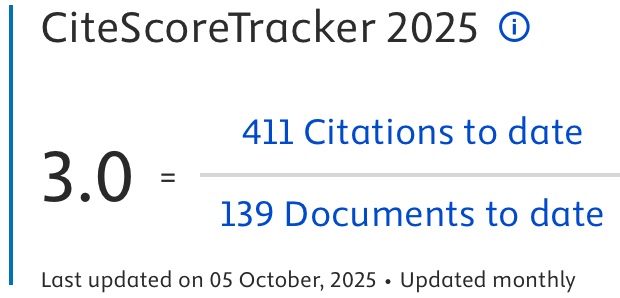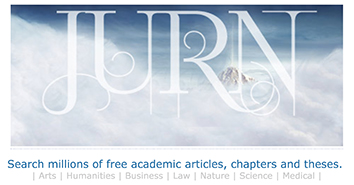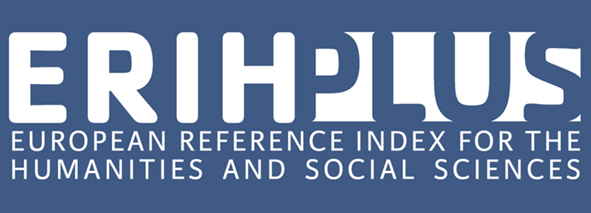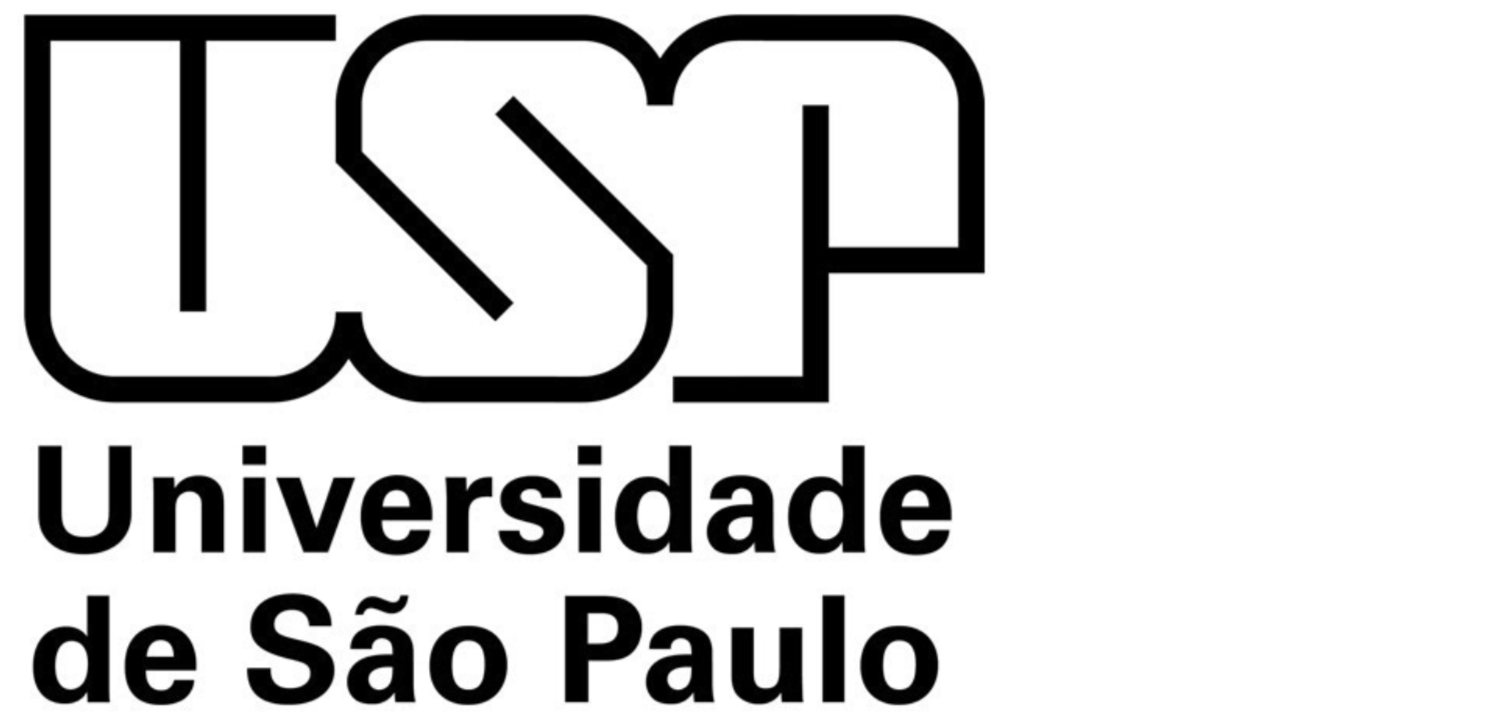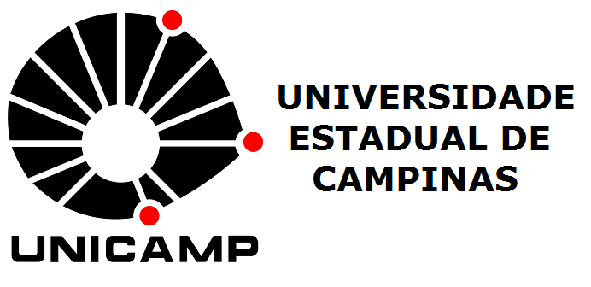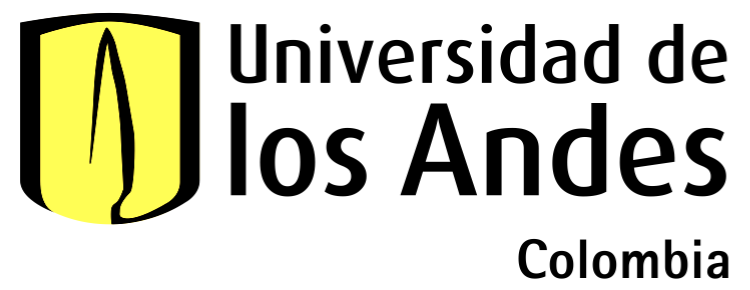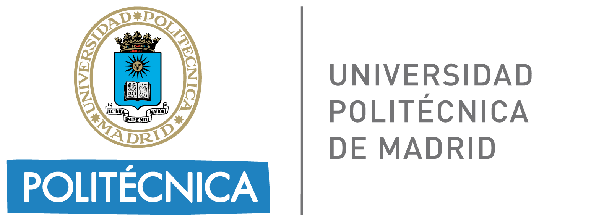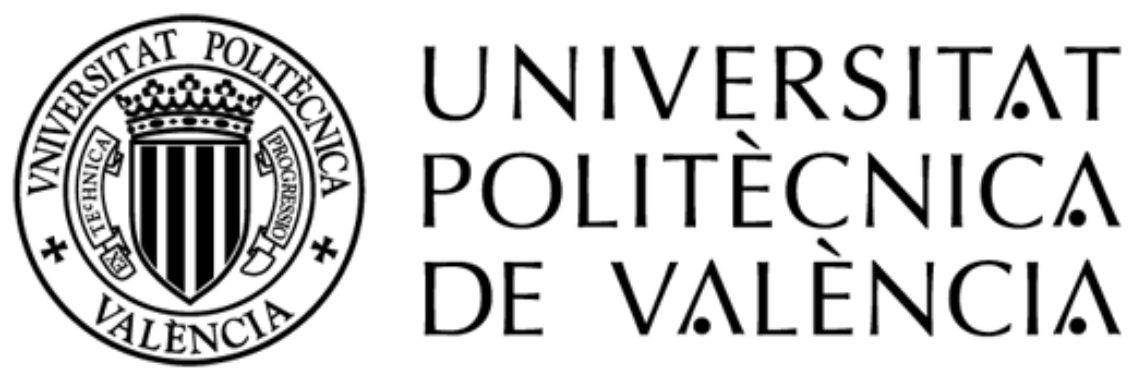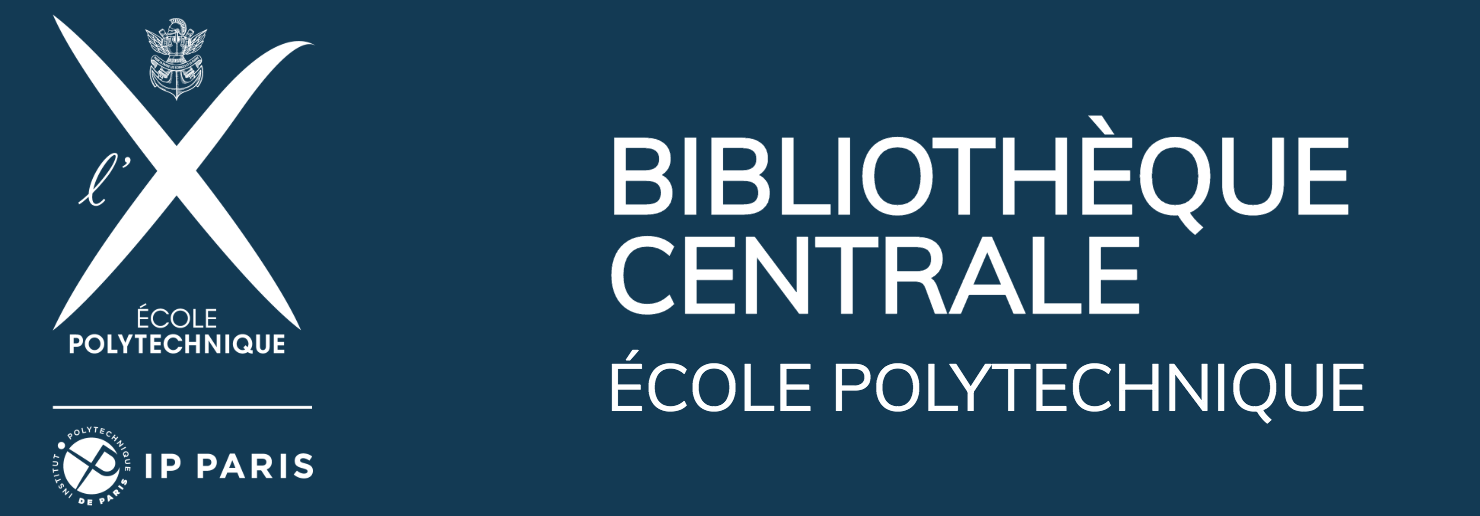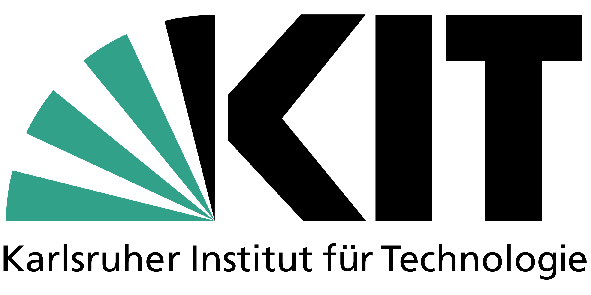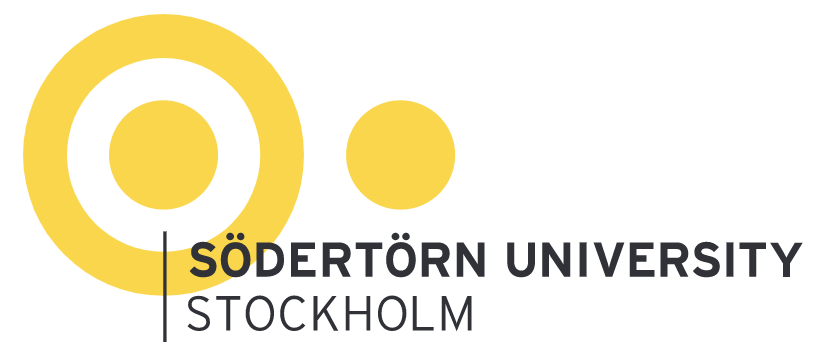Affrontare l’insicurezza alimentare – Empatia e Design Thinking per l’apprendimento trasformativo
DOI:
https://doi.org/10.69143/2464-9309/17272025Parole chiave:
design thinking, modellazione empatica, apprendimento esperienziale, insicurezza alimentare, emozioniAbstract
Il presente contributo esplora il potenziale delle metodologie del Design Thinking nell’affrontare l’Obiettivo di Sviluppo Sostenibile 2 (Fame Zero) delle Nazioni Unite, con particolare attenzione al ruolo trasformativo dell’empatia e del coinvolgimento emotivo nel generare soluzioni innovative. Attraverso un workshop partecipativo realizzato durante una conferenza internazionale i partecipanti hanno analizzato criticamente le dimensioni sistemiche, culturali ed emotive dell’insicurezza alimentare. L’attività ha previsto l’apprendimento esperienziale, guidando i partecipanti da una risposta emotiva personale a una progettazione collaborativa; grazie al lavoro in team interdisciplinari sono emerse strategie tecnologiche, culturali e comunitarie per affrontare il fenomeno. Oltre l’80% dei partecipanti ha dichiarato di aver acquisito una comprensione più profonda del tema e una maggiore fiducia nella propria capacità di agire all’interno delle rispettive comunità. Lo studio sottolinea il valore pedagogico del Design Thinking nell’educazione ai sistemi alimentari, evidenziando come approcci partecipativi orientati all’empatia possano innescare un cambiamento sistemico.
Info sull'articolo
Ricevuto: 23/03/2025; Revisionato: 11/05/2025; Accettato: 15/05/2025
Downloads
##plugins.generic.articleMetricsGraph.articlePageHeading##
Riferimenti bibliografici
Beckman, S. and Barry, M. (2007), “Innovation as a Learning Process – Embedded Design Thinking”, in California Manage-ment Review, vol. 50, issue 1, pp. 25-56.
Bheekie, A. and van Huyssteen, M. (2015), “Be mindful of your discomfort – An approach to contextualized learning”, in In-ternational Journal of research on Service-Learning and Community Engagement, vol. 3, issue 1, pp. 1-14. [Online] Available at: doi.org/10.37333/001c.21560 [Accessed 15 April 2025].
Boukricha, H., Wachsmuth, I., Carminati, M. N. and Knoeferle, P. (2013), “A Computational Model of Empathy – Empirical Evaluation”, in Guerrero, J. E. (ed.), Proceedings – 2013 Humaine Association Conference on Affective Computing and In-telligent Interaction – ACII 2013, Geneva, Switzerland, September 2-5, 2013, IEEE Publishing, Piscataway (NJ), pp. 1-6. [Online] Available at: doi.org/10.1109/ACII.2013.7 [Accessed 15 April 2025].
Brooks, R. and Hehn, J. (2020), “Design Thinking Complex Problems”, in Developing Leaders, vol. 34, pp. 67-70.
Butera, F. M. (2024), “La Città Ideale | The Ideal City”, in Agathón | International Journal of Architecture, Art and Design, vol. 16, pp. 30-39. [Online] Available at: doi.org/10.19229/2464-9309/1622024 [Accessed 15 April 2025].
Casiddu, N., Burlando, F. and Chen, B. (2024), “Human-de-centred Design – Verso una (nuova) era della sofferenza | Human-de-centred Design – Towards a (new) era of suffering”, in Agathón | International Journal of Architecture, Art and Design, vol. 16, pp. 242-249. [Online] Available at: doi.org/10.19229/2464-9309/16212024 [Accessed 15 April 2025].
Clemmensen, T., Ranjan, A. and Bodker, M. (2018), “How Cultural Knowledge Shapes Core Design Thinking – A Situation Specific Analysis”, in CoDesign | International Journal of CoCreation in Design and the Arts, vol. 14, issue 2, pp. 115-132. [Online] Available at: doi.org/10.1080/15710882.2017.1399146 [Accessed 15 April 2025].
DeKay, M. and Tornieri, S. (2023), “Schemi per la progettazione esperenziale – Combinare pensiero modulare e teoria integrale | Experiential design schemas – Combining modular thinking with integral theory”, in Agathón | International Journal of Architecture, Art and Design, vol. 14, pp. 40-49. [Online] Available at: doi.org/10.19229/2464-9309/1422023 [Accessed 15 April 2025].
Dorst, K. (2011), “The core of ‘design thinking’ and its application”, in Design Studies, vol. 32, issue 6, pp. 521-532. [Online] Available at: sciencedirect.com/science/article/pii/S0142694X11000603 [Accessed 11 May 2025]
Germak, C. (2019), “Design resiliente – Un quadro sinottico | Resilient Design – A synoptic framework”, in Agathón | Inter-national Journal of Architecture Art and Design, vol. 6, pp. 26-35. [Online] Available at: doi.org/10.19229/2464-9309/632019 [Accessed 15 April 2025].
Hendricks, N. P. and Drysdale, K. (2015), “In-class Experiment Assesses Empathy for International Hunger and Poverty”, in NACTA | North American Colleges and Teachers of Agriculture Journal, vol. 59, issue 3, pp. 253-258. [Online] Available at: jstor.org/stable/nactajournal.59.3.253 [Accessed 15 April 2025].
Kenney, J. L. and Young, S. R. (2019), “Using Experiential Learning to Help Students Understand the Impact of Food Insecu-rity”, in Journal of Social Work Education, vol. 55, issue 1, pp. 64-74. [Online] Available at: doi.org/10.1080/10437797.2018.1491356 [Accessed 15 April 2025].
Kremel, A. and Edman, K. W. (2019), “Implementing Design Thinking as Didactic Method in Entrepreneurship Education – The Importance of Through”, in The Design Journal | An International Journal for All Aspects of Design, vol. 22, issue S1, pp. 163-175. [Online] Available at: doi.org/10.1080/14606925.2019.1595855 [Accessed 15 April 2025].
Langella, C., Russo, D. and Scalisi, F. (2024), “Design e Gastrofisica – Innovazione e sostenibilità dei sistemi alimentari mul-tisensoriali | Design and Gastrophysics – Innovation and sustainability of multisensory food systems”, in Agathón | Interna-tional Journal of Architecture, Art and Design, vol. 16, pp. 250-277. [Online] Available at: doi.org/10.19229/2464-9309/16222024 [Accessed 15 April 2025].
Lewis, K. L., Hodges, S. D., Laurent, S. M., Srivastava, S. and Biancarosa, G. (2012), “Reading Between the Minds – The Use of Stereotypes in Empathic Accuracy”, in Psychological Science, vol. 23, issue 9, pp. 1040-1046. [Online] Available at: doi.org/10.1177/0956797612439719 [Accessed 15 April 2025].
Liedtka, J., Salzman, R. and Azer, D. (2017), “Democratizing Innovation in Organizations – Teaching Design Thinking to Non-Designers”, in Design Management Review, vol. 28, issue 3, pp. 49-55. [Online] Available at: doi.org/10.1111/drev.12090 [Accessed 15 April 2025].
Luccarelli, M., Tillman, S., Lay, R., Grundmeier, A.-M. and Hogsdal, S. (2019), “Sustainable Design Education for Elementary Schools – Interdisciplinary Development of New Educational Models Through Design Thinking”, in International Journal of Design Education, vol. 13, issue 4, pp. 1-25. [Online] Available at: doi.org/10.18848/2325-128X/CGP/v13i04/1-25 [Ac-cessed 15 April 2025].
McGann, M., Blomkamp, E. and Lewis, J. M. (2018), “The Rise of Public Sector Innovation Labs – Experiments in Design Thinking for Policy”, in Policy Science, vol. 51, pp. 249-267. [Online] Available at: doi.org/10.1007/s11077-018-9315-7 [Accessed 15 April 2025].
Mezirow, J. (1997), “Transformative Learning – Theory to Practice”, in New Directions for Adult and Continuing Education, vol. 74, pp. 5-12. [Online] Available at: doi.org/10.1002/ace.7401 [Accessed 15 April 2025].
Nadan, Y. and Stark, M. (2017), “The Pedagogy of Discomfort – Enhancing Reflectivity on Stereotypes and Bias”, in British Journal of Social Work, vol. 47, issue 3, pp. 683-700. [Online] Available at: doi.org/10.1093/bjsw/bcw023 [Accessed 15 April 2025].
Nolan, A. and Molla, T. (2018), “Teacher Professional Learning Through Pedagogy of Discomfort”, in Reflective Practice | In-ternational and Multidisciplinary Perspectives, vol. 19, issue 6, pp. 721-735. [Online] Available at: doi.org/10.1080/14623943.2018.1538961 [Accessed 15 April 2025].
Northrup, A., Berro, E., Spang, C. and Brown, M. (2020), “Teaching Poverty – Evaluation of Two Simulated Poverty Teaching Interventions with Undergraduate Nursing Students”, in Journal of Nursing Education, vol. 59, issue 2, pp. 83-87. [Online] Available at: doi.org/10.3928/01484834-20200122-05 [Accessed 15 April 2025].
Rogers, C. R. (1975), “Empathic – An Unappreciated Way of Being”, in The Counseling Psychologist, vol. 5, issue 2, pp. 2-10. [Online] Available at: doi.org/10.1177/001100007500500202 [Accessed 15 April 2025].
Sung, E. and Kelley, T. R. (2019), “Identifying Design Process Patterns – A Sequential Analysis Study of Design Thinking”, in International Journal of Technology Design Education, vol. 29, pp. 283-302. [Online] Available at: doi.org/10.1007/s10798-018-9448-1 [Accessed 15 April 2025].
Thompson, L. and Schonthal, D. (2020), “The Social Psychology of Design Thinking”, in California Management Review, vol. 62, issue 2, pp. 84-99. [Online] Available at: doi.org/10.1177/0008125619897636 [Accessed 15 April 2025].
Valenti, A., Scalisi, F., Sposito, C., Dellamotta, L. and Masserdotti, A. (2024), “Energia, tecnologia emotiva e valore culturale dei dati – Creare consapevolezza nell’utente con lo storytelling | Energy, emotional technology and cultural value of data – Creating user awareness through storytelling”, in Agathón | International Journal of Architecture, Art and Design, vol. 15, pp. 70-83. [Online] Available at: doi.org/10.19229/2464-9309/1552024 [Accessed 15 April 2025].
Valenti, A., Trimarchi, A. and Farresin, S. (2023), “Design e pensiero ecologico – Le nuove narrative del progetto contempora-neo che mettono la Terra in primo piano | Design and ecological thinking – The new narratives of contemporary design placing Earth on centre stage”, in Agathón | International Journal of Architecture, Art and Design, vol. 13, pp. 19-30. [Online] Available at: doi.org/10.19229/2464-9309/1312023 [Accessed 15 April 2025].
Waidelich, L., Richter, A., Kölmel, B. and Bulander, R. (2018), “Design Thinking Process Model Review”, in Baltes, G. and König, M. (eds), Proceedings – 2018 IEEE International Conference on Engineering, Technology and Innovation (ICE/ITMC), Stuttgart, Germany, June 17-20, 2018, IEEE Publishing, Piscataway (NJ), pp. 1-9. [Online] Available at doi.org/10.1109/ICE.2018.8436281 [Accessed 15 April 2025].
Wright, S., Haskett, M. E. and Anderson, J. (2020), “When Your Students Are Hungry and Homeless – The Crucial Role of Faculty”, in Communication Education, vol. 69, issue 2, pp. 260-267. [Online] Available at: doi.org/10.1080/03634523.2020.1724310 [Accessed 15 April 2025].
Zannoni, M., Succini, L., Rosato, L. and Pasini, V. (2024), “Transitional industrial designer – La responsabilità di progettisti e imprese per una transizione sostenibile | Transitional industrial designer – The responsibility of designers and companies for a sustainable transition”, in Agathón | International Journal of Architecture, Art and Design, vol. 15, pp. 332-343. [Online] Available at: doi.org/10.19229/2464-9309/15282024 [Accessed 15 April 2025].
Zehr, S. M., McDonagh, D., Vokoun, J., Allievi, F. and Massari, S. (2024), “Design thinking workshop – Using experiential learning, creativity, and empathy to learn about the complexities of food insecurity and sustainability”, in Antonelli, M and Isernia, P. (eds), Food Sustainability and the Media – Linking Awareness, Knowledge and Action, Academic Press, Cam-bridge, MA, pp. 195-219. [Online] Available at: doi.org/10.1016/B978-0-323-91227-3.00002-0 [Accessed 15 April 2025].
Zepeda, L. (2018), “Hiding Hunger – Food Insecurity in Middle America”, in Agriculture and Human Values | Journal of the Agriculture, Food, and Human Values Society, vol. 35, pp. 243-254. [Online] Available at: doi.org/10.1007/s10460-017-9818-4 [Accessed 15 April 2025].
Zupan, B., Nabergoj, A. S. and Cankar, R. (2018), “Design Thinking as a Methodology for Teaching Entrepreneurial Mindset in Primary Education”, in Costa, C., Au-Young-Oliveira, M. and Castro Amorim, M. P. (eds), Proceedings of the 13th European Conference on Innovation and Entrepreneurship, University of Aveiro, Portugal, September 20-21, 2018, Academic Confer-ences and Publishing International, Reading (UK), pp. 893-899. [Online] Available at: proquest.com/conference-papers-proceedings/design-thinking-as-methodology-teaching/docview/2117762110/se-2 [Accessed 15 April 2025].

##submission.downloads##
Pubblicato
Come citare
Fascicolo
Sezione
Categorie
Licenza
Copyright (c) 2025 Sarah M. Zehr Gantz, Sonia Massari, Deana McDonagh, Jennifer A. Vokoun

TQuesto lavoro è fornito con la licenza Creative Commons Attribuzione 4.0 Internazionale.
AGATHÓN è pubblicata sotto la licenza Creative Commons Attribution License 4.0 (CC-BY).
License scheme | Legal code
Questa licenza consente a chiunque di:
Condividere: riprodurre, distribuire, comunicare al pubblico, esporre in pubblico, rappresentare, eseguire e recitare questo materiale con qualsiasi mezzo e formato.
Modificare: remixare, trasformare il materiale e basarti su di esso per le tue opere per qualsiasi fine, anche commerciale.
Alle seguenti condizioni
Attribuzione: si deve riconoscere una menzione di paternità adeguata, fornire un link alla licenza e indicare se sono state effettuate delle modifiche; si può fare ciò in qualsiasi maniera ragionevole possibile, ma non con modalità tali da suggerire che il licenziante avalli l'utilizzatore o l'utilizzo del suo materiale.
Divieto di restrizioni aggiuntive: non si possono applicare termini legali o misure tecnologiche che impongano ad altri soggetti dei vincoli giuridici su quanto la licenza consente di fare.
Note
Non si è tenuti a rispettare i termini della licenza per quelle componenti del materiale che siano in pubblico dominio o nei casi in cui il nuovo utilizzo sia consentito da una eccezione o limitazione prevista dalla legge.
Non sono fornite garanzie. La licenza può non conferire tutte le autorizzazioni necessarie per l'utilizzo che ci si prefigge. Ad esempio, diritti di terzi come i diritti all'immagine, alla riservatezza e i diritti morali potrebbero restringere gli usi del materiale.






